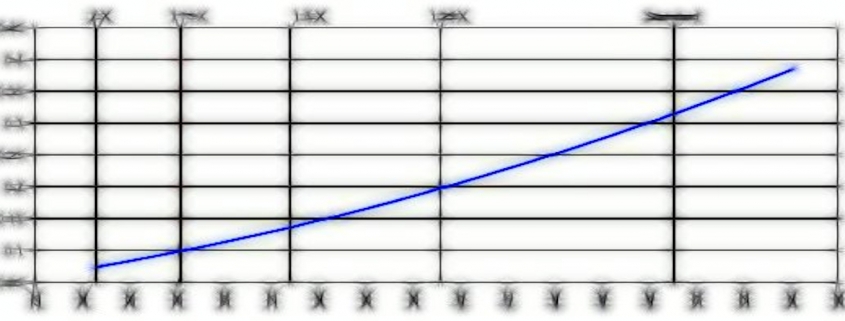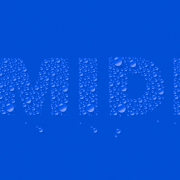COVID-19, air filtration and energy use
The COVID-19 pandemic has caused concerns about data center HVAC (heating, ventilation and air conditioning) filtration. So many data center operators are adjusting filtration protocols, including upgrading to finer MERV (minimum efficiency reporting value) 13 filters, to better filter out aerosols and COVID-19 virus carriers.1 But there is no free lunch. Depending on the design of the data center’s HVAC system, this increase in filtration static pressure can slightly increase energy consumption.
Technically, with a PSC (permanent split capacitor) blower motor, extra static pressure from this denser filter would result in lower airflow, reduced system performance and less air distribution. With ECMs (electronically commutated motors) — the type of motor most commonly found in data center cooling systems — this extra static pressure can result in higher blower motor power consumption.
Recently, an Uptime Institute member reported an increase of 8% energy use following a filtration upgrade from a MERV 8 to a more dense MERV 13 filter, due to the increased fan energy required to maintain static pressure and airflow. Since their data center fan power is 7-10% of total data center energy used, any increased fan energy affects their PUE (power usage effectiveness).
But this single data point may not be representative of all environments, since the quality and quantity of the media in the filter and the configuration of the HVAC system can significantly affect static pressure and airflow. Denser MERV 13 filters won’t necessarily require more fan energy if the operator installs filters that increase surface area by having more and deeper pleats.2
There is a direct correlation between airflow CFM (cubic feet per minute) and IWC (initial resistance water column), so some HVAC adjustments might be needed (see chart below).2

Some guidance is in order: When choosing a filter remember that airflow (static pressure increase) is just as important to consider as filtration (MERV rating). Just because a filter fits doesn’t mean it’s the best filter for the system, so its very important to check the rating of the facility’s filter and the design specifications of the cooling system.
Many data center cooling systems use an airflow rate between 330–490 CFM, so the system would experience 0.10-0.16 initial resistance (static pressure increase in inches of water column) for the MERV 11 filter example shown in the image below.3
Typical data center underfloor static pressure is 20-25 pascal or 0.08-0.1 inches of water column. Therefore, while this filter would introduce some increased static pressure, it pales in comparison to the 220 pascal static pressure required to move air through the cooling coils in the CRAC (computer room air conditioning) units or the impingement and turning of cooled air on the subfloor, which can be as high as 200 pascal.4
With careful airflow planning there should be minimal airflow and pressure impacts from more dense filters, such as MERV 13. These finer filters, though, will need to be changed more frequently, since they will trap more particulates and so will clog sooner. In addition to the higher change frequency, budget for higher per-unit costs, for filters with larger surface area media will likely be more expensive than smaller, less efficient filters.
But everything considered, given the modest energy trade-offs and the increased particulate and virus filtering they provide, MERV 13 filter use is quickly becoming the new normal.
Endnotes
1 https://www.ashrae.org/technical-resources/commercial#general
2 “Is There a Downside to High-MERV Filters? The new high-MERV filters extract an energy penalty,” by David Springer, November 02, 2009, in Home energy: The Home Performance Magazine. http://www.homeenergy.org/show/article/nav/issues/page/4/id/667
3 https://www.hvacrschool.com/air-filter-static-pressure-drop/
4 http://asmedigitalcollection.asme.org/heattransfer/article-pdf/132/7/073001/5794918/073001_1.pdf

 UI 2020
UI 2020
 UI 2020
UI 2020
 2020
2020

 UI 2020
UI 2020 UI @ 2020
UI @ 2020